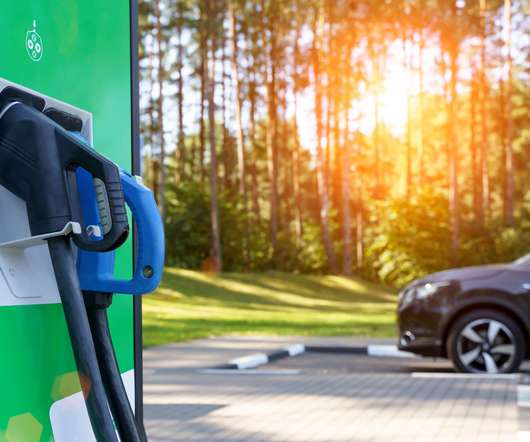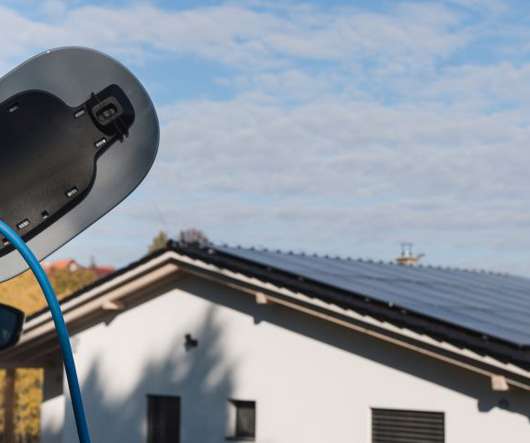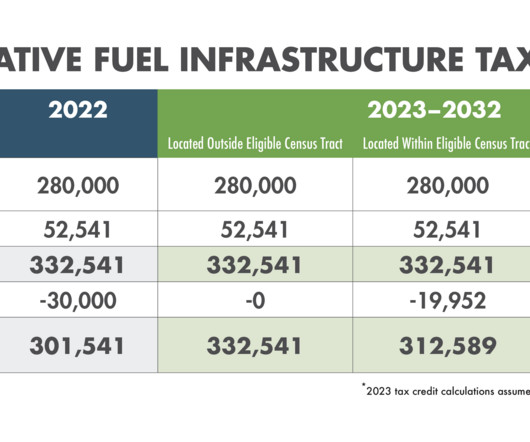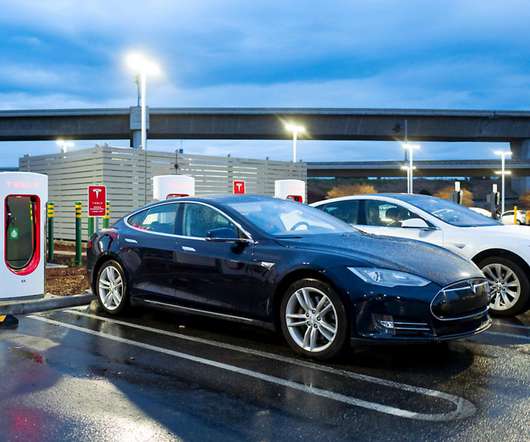Use These Exciting EV Charging Incentives to Fund Your Commercial Charging Station
EV Match
DECEMBER 22, 2022
There are billions of dollars of electric vehicle (EV) charging incentives throughout the United States. These incentives are offered by the federal government, state governments, local jurisdictions, and electric utility companies in hopes of boosting the installation volume of EV chargers across the nation. EVSE Ports.





















Let's personalize your content